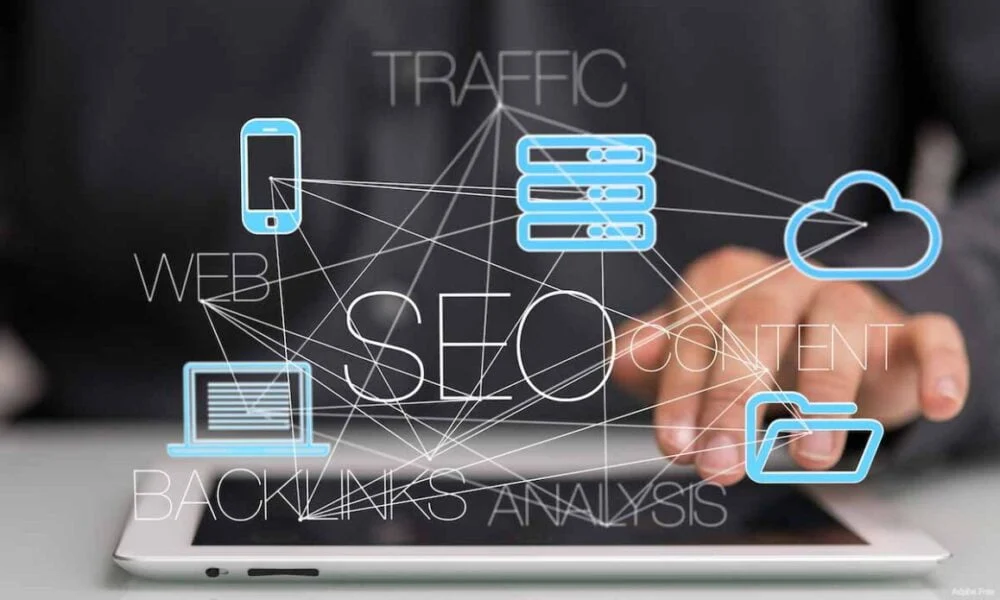The late 1800s/early 1900s saw many countries adapt the use of fingerprints for identification. It is often used to sign contracts and documents. This led to years of research and study on how fingerprints can be used to protect identity and information.
At 1936, ophthalmologist Frank Burch also suggest the idea of using the iris patterns to identify a person. It was 1960s when Gunner Fant present a model about using acoustic speeches and phonic sounds to identify a person, which eventually resulted to the development of the modern voice recognition technology. Several years later, the Federal Bureau of Investigation (FBI) started to push for a fingerprint scanner to automate the process, partnering with the National institute of Science and Technology (NIST)and funding the project. The prototype was finished at 1975.
It was during the 1990s where the use of biometrics really took off. Dr. John Daugman got the patent for his iris recognition system – eventually becoming the basis for modern iris identification devices. Lockhead Martin was selected by the FBI during the Integrated Automated Fingerprint Identification System (IAFIS) to make the system for them, later known as Combined DNA Index System (CODIS).
Further research by different companies for biometrics during the 2000s further advanced the use of biometrics for identification. The International Standardization for Organization (ISO) also standardized the process of biometric solutions across the globe. Big technologyfirms, like Google, began launching their biometric identification services, like the beta version of the Google voice search.
At February of 2013, the Fast Identity Online (FIDO) alliance was launched to the public with a mission of using biometrics for identification and eventually eliminating passwords moving forward. The FIDO2 standards of functionality have been used by many industry leaders for their identification processes.
The research on this technology will continue and the process of identification has never been more secured than how it is today. To learn more about biometrics, or how used Passwordless Authentication and what the future looks like for it, check this article by LoginID.




